Guru Nanak Jayanti Wishes, Quotes, and Messages to Share
Celebrate Guru Nanak Jayanti 2025 with inspiring wishes, quotes, and messages that reflect the divine teachings of Guru Nanak Dev Ji.
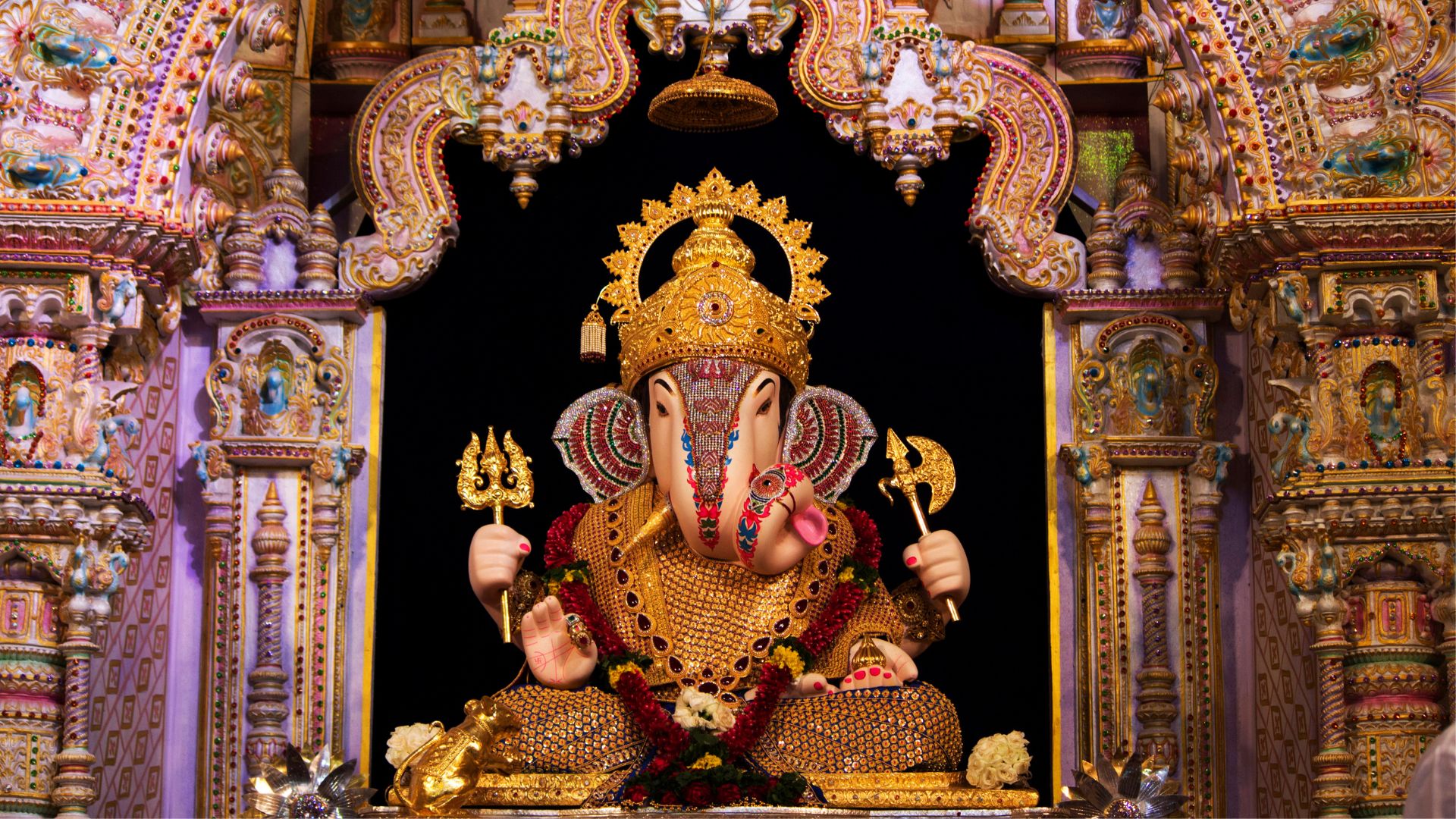
The biggest Ganpati Pandal in Pune is that of Shrimant Dagdusheth Halwai Ganpati temple. It is a significant part of faith and cultural pride in Pune, Maharashtra, attracting devotees from across India and globe to witness the grand spectacle.
Dagdusheth Ganpati is a testament of how a small step taken for personal solace in the face of tragedy becomes a force of immense faith and resilience not just for a community but for the entire nation.
The birth of Dagdusheth Ganesha temple is deep rooted in the period of profound sorrow and public suffering. Shrimant Dagdusheth Halwai was a prosperous and compassionate sweet vendor or ‘Halwai’ in hindi. He had migrated from Gokak in Karnataka to Pune in Maharashtra. A devastating plague had swept pune in the late 19th century. Dagdusheth and his wife, Lakshmibai lost their only son to the plague epidemic. In search of comfort and solace they worshipped Lord Ganesha. Written accounts and lore suggest that Dagdusheth experienced a divine dream in which Lord Ganesha instructed him to establish an idol in the city, organize an annual public festival, spread joy and positivity. A beautiful Ganesha idol was installed on February 19, 1893. This occasion drew thousands of devotees who gathered to witness the sthapna (installation) and seek blessings.
The temple has housed multiple idols throughout it’s history while maintaining its spiritual significance. The first idol from 1893 is now housed in the Akra Maruti Mandir. A second idol was built by Dagdusheth Halwai in 1896. The third idol, made of plaster of Paris, was commissioned in 1967 for Dagdusheth's 75th anniversary. The magnificent silver idol that stands today was custom-made by the trust in 2006.
The current Ganesha Idol is made of Pure silver. It stands 7.5 feet tall and 4 feet wide. It is decked in 8 kgs of gold, intricate headpiece, gold ornaments studded with precious stones. It is also referred to as Icchapurti Ganesha, the one who fulfills all wishes. The temple also features beautiful marble statues of Jaya and Vijaya, who serve as guardian deities at the entrance, and a silver rat, which is Ganesha's Vahana (traditional vehicle)
It is widely known that the Public Ganesh chaturthi celebrations were made famous by Lokmanya Tilak ji during the late 19th century. He used the Ganesh Chaturthi festival as a way of driving national awakening against British colonial rule and organized public pandals and celebrations. What many do not know that this idea was conceived within the Dagdusheth temple itself.
With time, the Dagdusheth Ganpati became the "most respected and popular idol in Pune," symbolizing unity and nationalistic fervor. It became a symbol of both spiritual devotion and political awakening, demonstrating how influence of a religious site can shape a nation's destiny.
Lord Ganesha holds a revered position in Hinduism as the "Pratham Pujya", meaning the first to be worshipped. He is also known as "Vighnaharta", the remover of obstacles. He is loved and recognized as the god of wisdom, prosperity, and new beginnings. The Dagdusheth Ganpati idol is particularly celebrated as "Icchapurti Ganesha," signifying the deity who fulfills all the wishes.
Ganesh Chaturthi is celebrated with immense grandeur and devotion at the Dagdusheth Halwai Ganpati Temple in Pune. The ten day festival celebrations are marked by a vibrant atmosphere, elaborate decorations, and a variety of cultural programs. The festivities are filled with aartis, bhajans, and the loud, rhythmic beats of traditional bands, including the energetic Nashik dhol and tasha groups. The grand processions for the arrival and immersion of the idol are particularly famous, attracting huge crowds and showcasing the city's festive spirit.
Devotees firmly believe that Lord Ganesha in this specific form at Dagdusheth temple, is a powerful deity capable of removing obstacles and bestowing success and prosperity upon them. Thousands of devotees visit this temple annually with a significant surge during the 10 days of Ganesh Chaturthi. The Ganesha idol’s serene and peaceful expression radiates compassion and divinity, establishing an instant spiritual connection. People seek his blessings, receive guidance through dreams, find solace, inner peace, courage and resilience in the face of challenges.
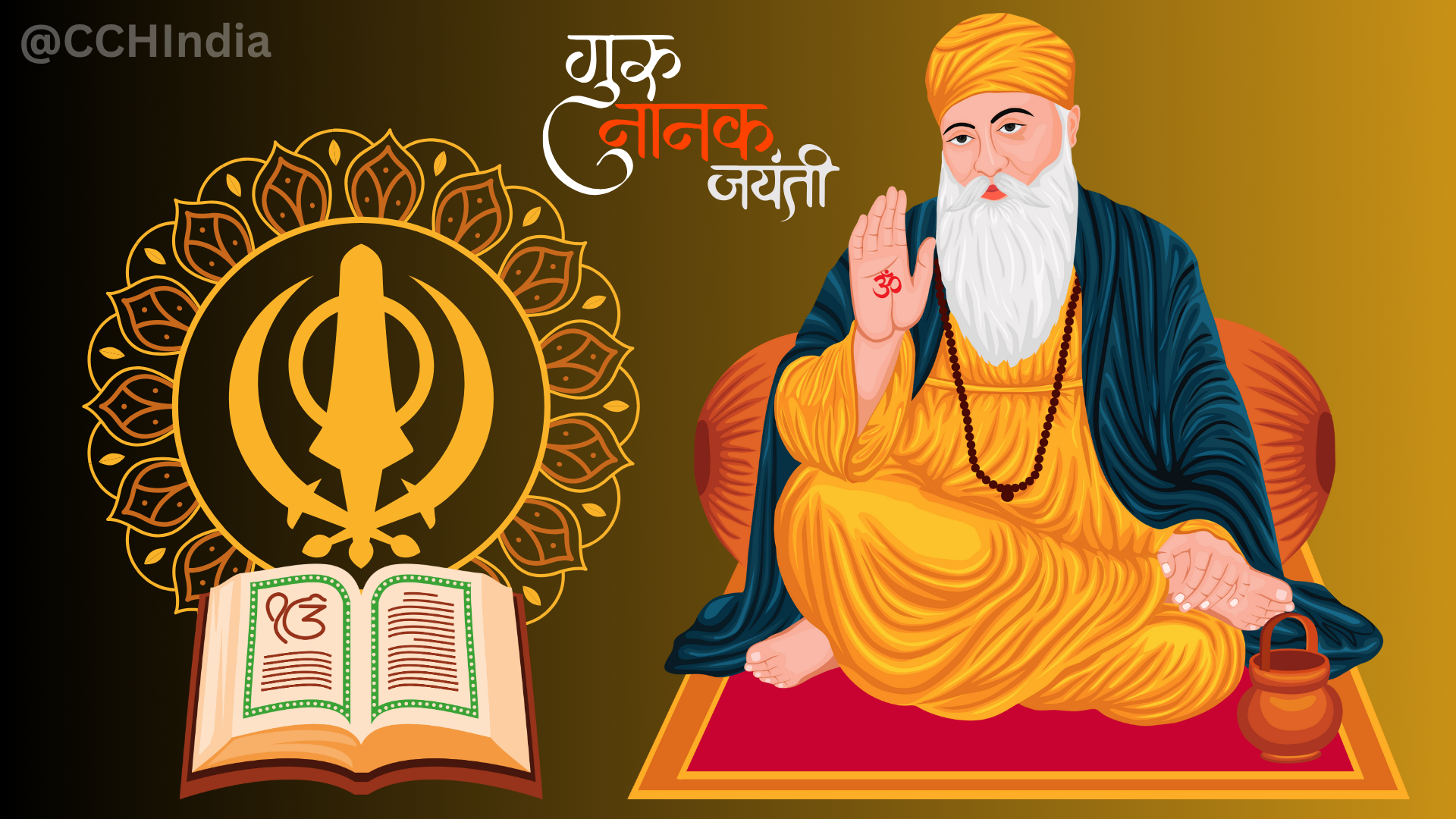
Celebrate Guru Nanak Jayanti 2025 with inspiring wishes, quotes, and messages that reflect the divine teachings of Guru Nanak Dev Ji.
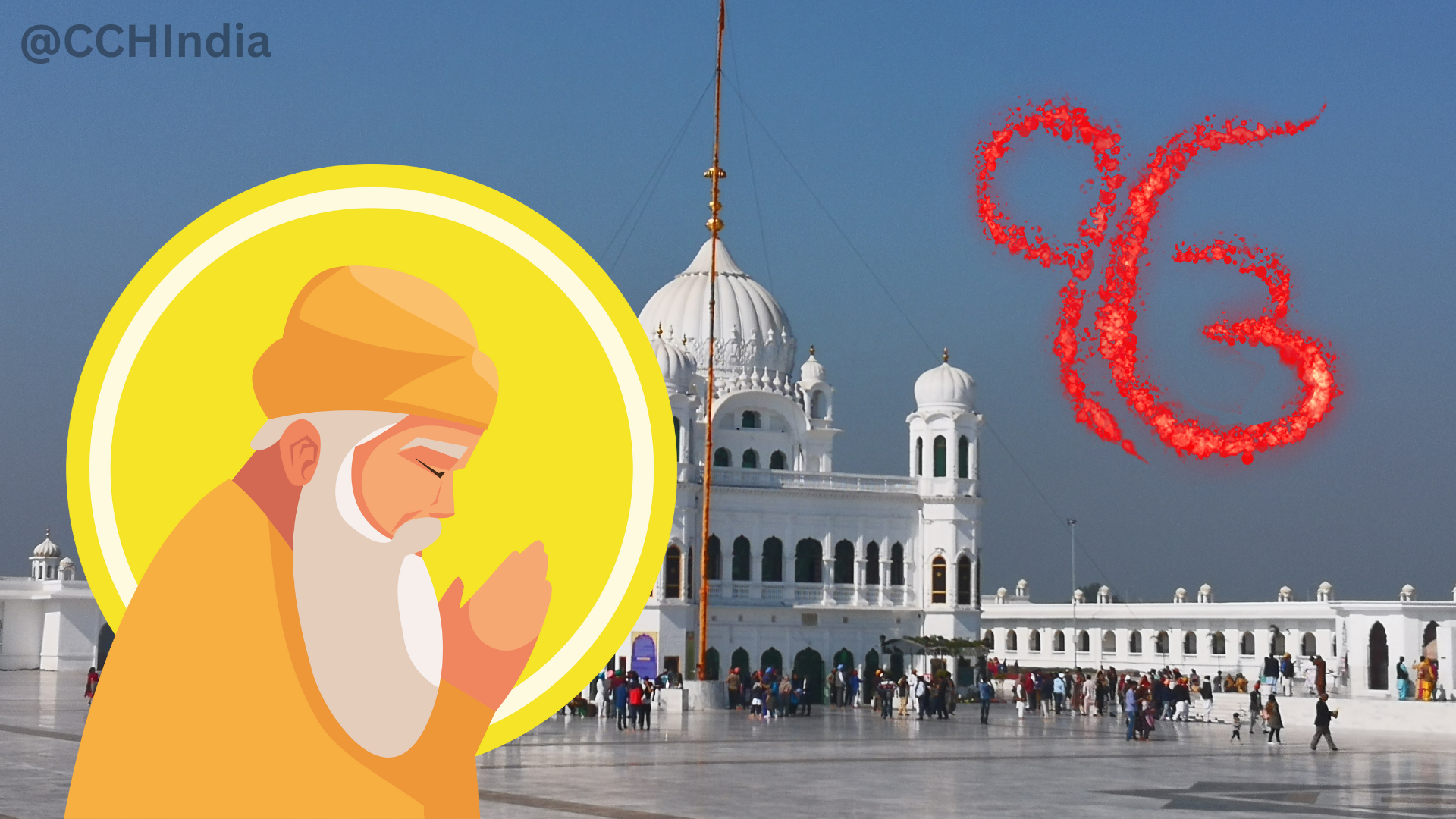
Discover Guru Nanak Dev Ji’s divine journey from Nankana Sahib to Kartarpur, spreading the message of peace, equality, and universal brotherhood.
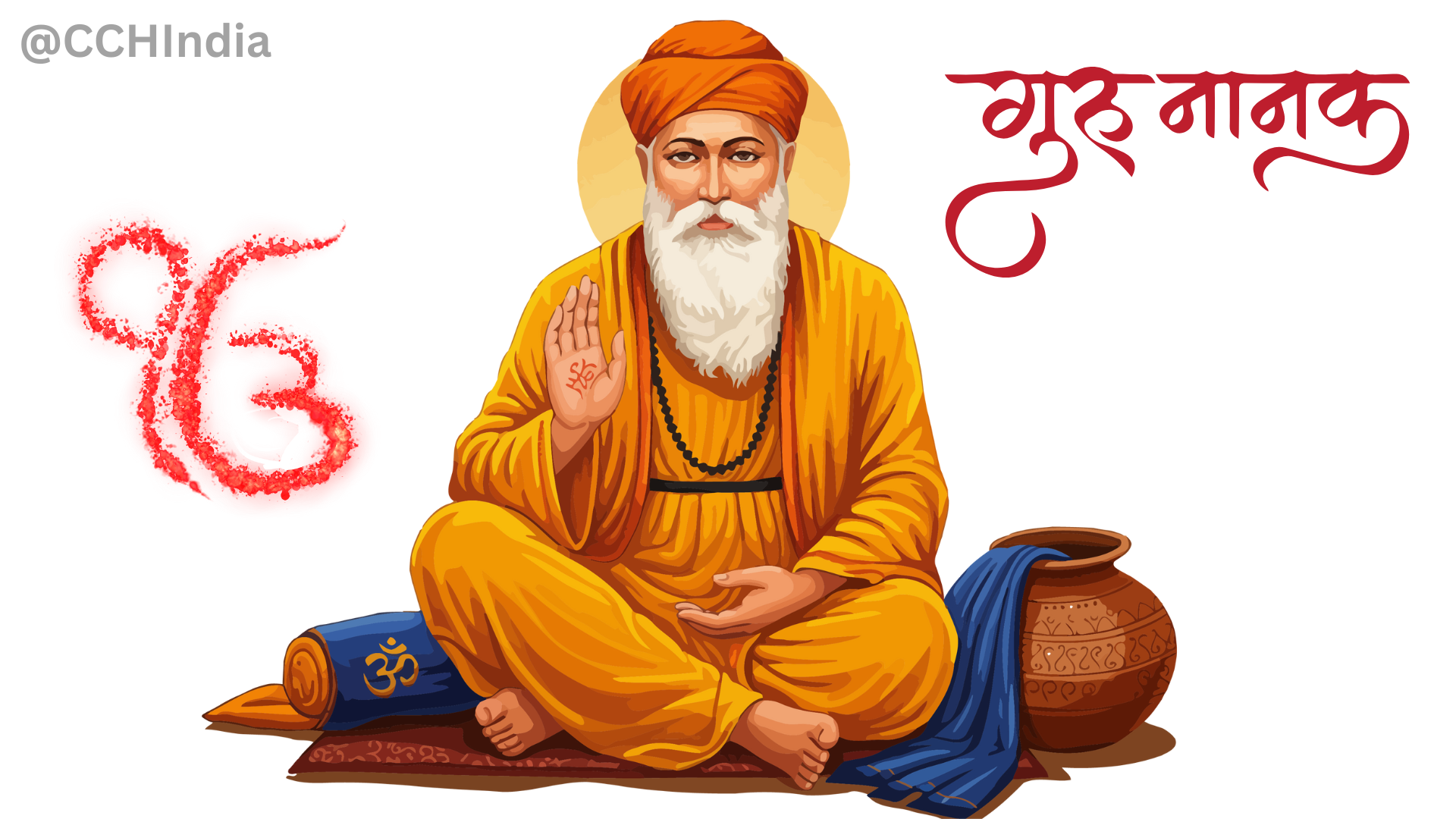
Discover 10 timeless quotes by Guru Nanak Dev Ji that inspire peace, compassion, and oneness. Explore his divine words that continue to guide humanity toward truth and harmony.
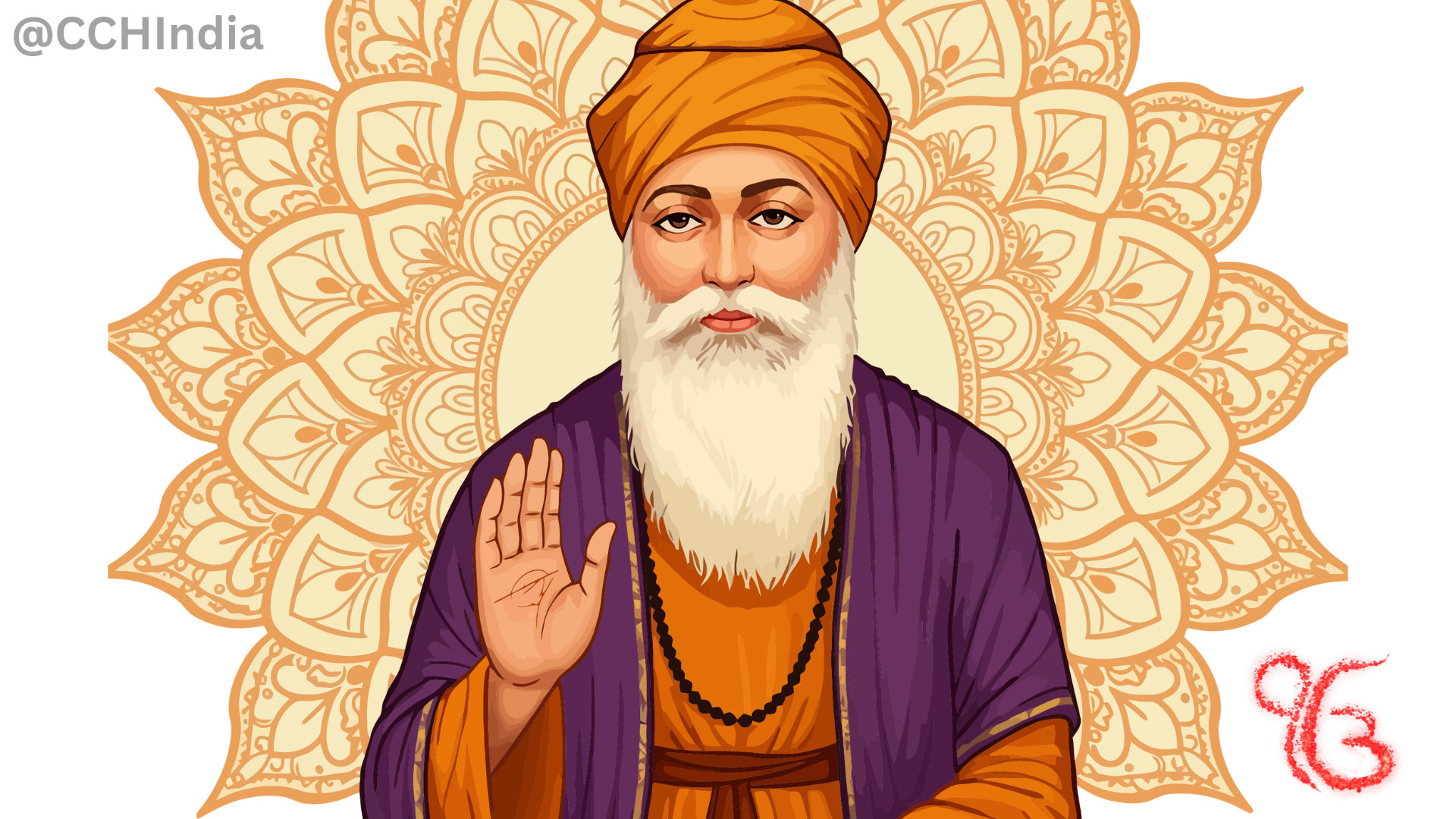
Discover Guru Nanak Dev Ji’s timeless message of Oneness, Equality, and Universal Love. Learn how his teachings of compassion, selfless service, and truth can guide humanity toward peace and unity.

